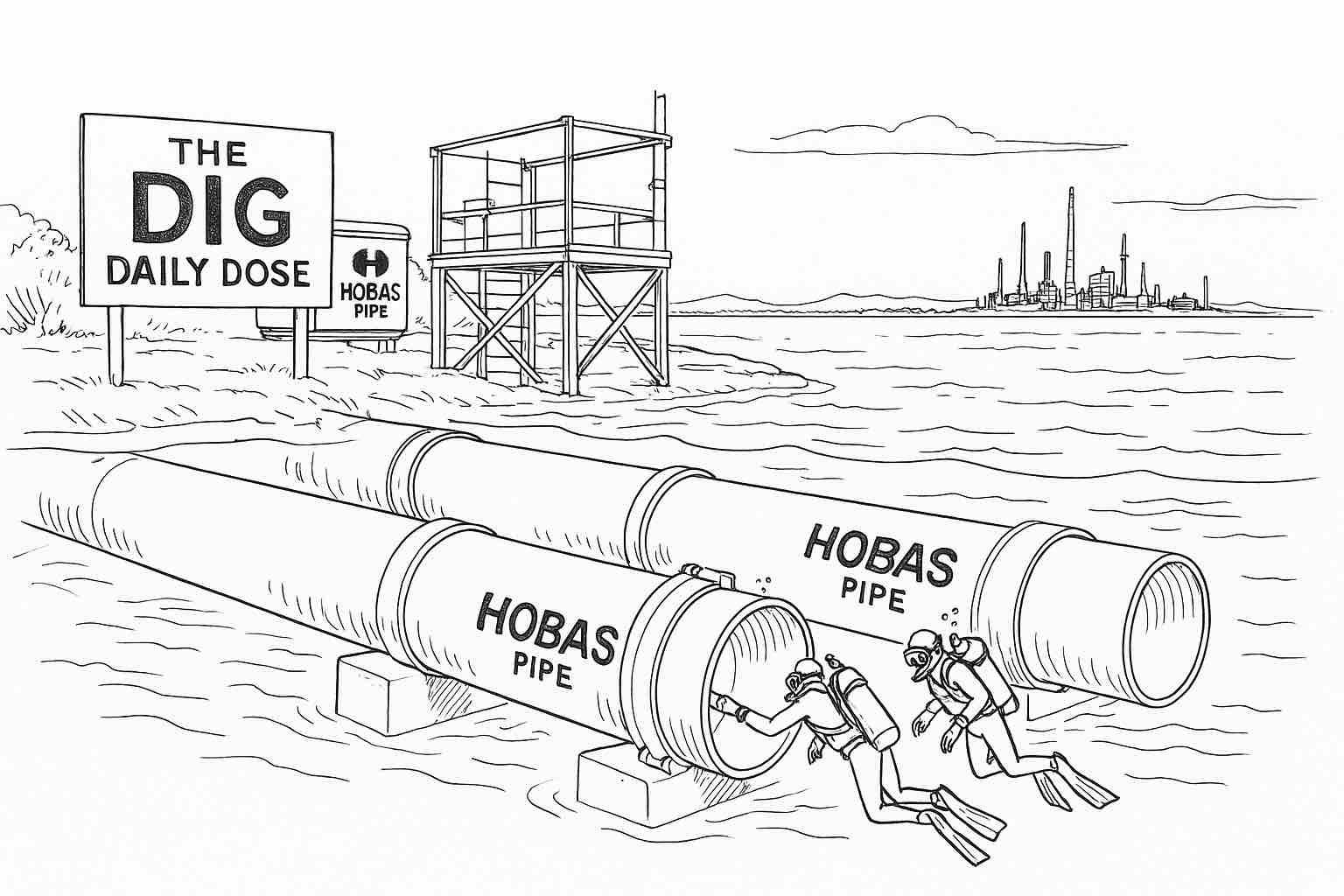"Leadership is not about personality; it’s about behavior, an observable set of skills and abilities."
James M. Kouzes and Barry Z. Posner
THE ART OF LEADERSHIP
Behavioral leadership turns values into actions, building credibility, trust, and results daily everywhere
When leadership is defined by behavior, it becomes accessible to everyone, not just the charismatic few. People remember what you consistently do, not how impressive you sound. Every choice, meeting, and email is a visible signal of what you truly value. Over time, these observable patterns either deepen trust or erode it, making behavior the real currency of leadership.
Begin by naming the behaviors that express your core principles. Do you listen fully, keep promises, and give credit generously? Turn those intentions into concrete daily actions: one commitment honored, one difficult truth spoken with respect, one decision aligned with values rather than convenience. These small, repeated behaviors create a reliable experience of you as a leader.
Because behavior is observable, it can be measured, coached, and improved. Invite colleagues to share what they see you doing when you are at your best and when you are not. Respond with gratitude, not defensiveness, and adjust in visible ways. As you model that leadership is learned, not bestowed, you encourage others to step forward and lead through their own consistent, value-driven actions.
For sixty days, track three daily behaviors that reflect your values and refine them through feedback.
COMMERCIAL CONSTRUCTION
How does Hobas turn pipe technology into lasting value for communities?
Hobas began when engineers needed a better cylinder for textile dyeing and discovered a new way to cast fiberglass-reinforced pipe. That insight led to centrifugally cast GRP systems with smooth interiors, thin walls, and lightweight materials that move water efficiently while simplifying installation. Today, Hobas manufactures in Houston for North America, focused on critical municipal wet infrastructure.
The real advantage is long-term performance. Corrosion-resistant materials and precise manufacturing create pipes designed for service lives measured in generations, not decades. Thin yet strong walls reduce installation challenges, while consistent dimensions and smooth bores support reliable hydraulics and lower pumping energy. For utilities under budget and regulatory pressure, that combination cuts total lifecycle cost.
Hobas also leans into sustainability. Independent studies highlight the low carbon footprint of GRP compared with many traditional materials, aided by efficient production, nesting during transport, and energy-saving flow characteristics. The deeper insight is simple. When infrastructure is built to endure, communities waste less water, spend less on emergency repairs, and gain the confidence to plan for the future.
Corrosion-resistant GRP pipes extend service life, cut lifecycle costs, and support more sustainable, reliable water infrastructure.
INFRASTRUCTURE INDUSTRY
How do soaring reconstruction costs reshape choices for public builders?
Maryland planners just admitted that rebuilding Baltimore's fallen bridge will cost billions more and take years longer than first promised. The new design adds stronger ship protection and wider navigation clearances, but also reflects stubborn inflation in steel, concrete, and specialized labor.
For contractors, that revision is a warning and an opportunity. Higher budgets may support better technology, digital modeling, and safer work methods, yet they also concentrate risk in a single enormous job. Firms that misjudge schedules or bid too aggressively could spend the next decade nursing losses.
Public owners face their own test. Voters want rapid replacement, insurers demand tougher defenses, and federal partners expect every dollar justified. The projects that succeed will be those that pair robust engineering with transparent risk sharing, realistic contingencies, and constant communication with the communities that live beside the work.
Plan for inflation, safety upgrades, and political scrutiny from day one.
RESIDENTIAL RESEARCH
Can modest price cuts revive demand before builders scale back projects?
Builder confidence ticked up slightly in November, but it remains below the level that signals a healthy market. Recent federal data show single-family starts hovering below last year, even as mortgage rates retreat from their highs. Buyers are visiting sales centers, yet many still pause when they see the monthly payment.
To keep projects moving, many national and regional builders are offering rate buydowns, closing cost help, and cosmetic upgrades instead of cutting official list prices deeply. Some communities now advertise discounts big enough that new houses rival nearby resale listings, a reversal of the usual pattern. Still, surveys show a large share of households think it is a bad time to buy.
At the same time, costs on the construction side have not slipped nearly as much. Labor remains tight in many trades, and reports estimate materials prices have climbed more than forty percent since the pandemic. That squeeze limits how far builders can cut and explains why some are shifting land to rental communities or delaying future phases.
Watch incentives and costs to judge builders’ staying power.
TOOLBOX TALK
Public Protection and Site Security
Good morning, Team!
Today, we are focusing on protecting the public and keeping our site secure during and after working hours.
Why It Matters
Members of the public, visitors, and new workers may not recognize hazards. Open gates, missing barriers, or unsecured materials can lead to serious injuries, theft, and damage that reflect on all of us.
Strategies for Public Protection and Security
Perimeter control
Maintain fencing, gates, and signage around the site. Keep gates closed and locked when not actively in use. Replace damaged panels, missing mesh, or knocked-over barricades immediately.Access points and visitors
Use a single controlled entry when possible. Require sign-in for visitors and deliveries. Escort anyone who is not part of the crew. Make sure children or pedestrians cannot wander in through gaps.Walkways and interfaces with the public
Provide clear, protected paths where sidewalks or building entrances remain open. Use overhead protection, toe boards, and netting where work occurs above public areas. Keep debris, nails, and tools off adjacent sidewalks and streets.Materials, equipment, and tools
Secure ladders, scaffolds, and lifts so they cannot be climbed after hours. Lock containers and storage boxes. Store gas cylinders, fuels, and chemicals in designated, secured areas away from the fence line.End of shift checks
Walk the perimeter, confirm gates are closed, signage is in place, trip hazards are removed, and open excavations, floors, or stairwells are barricaded. Report suspicious activity or missing materials right away.
Discussion Questions
Where does our site touch public sidewalks, parking, or neighboring businesses today
Who is responsible for gate control, visitor sign-in, and end-of-shift perimeter checks
Conclusion
A tight perimeter, controlled access, and secure storage protect the public and our crew.
Fence it, secure it, leave smart!





